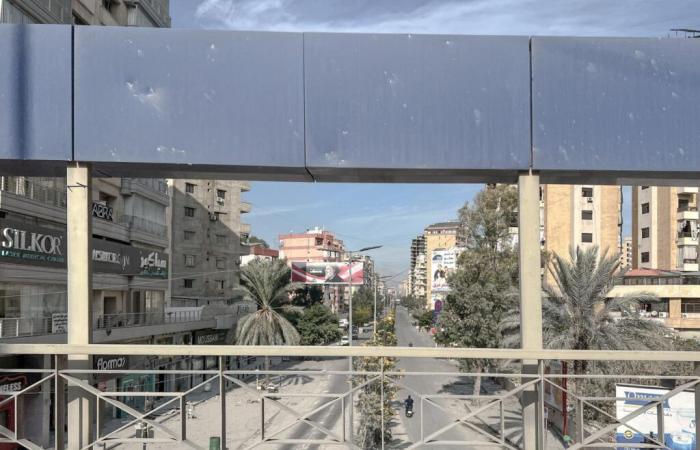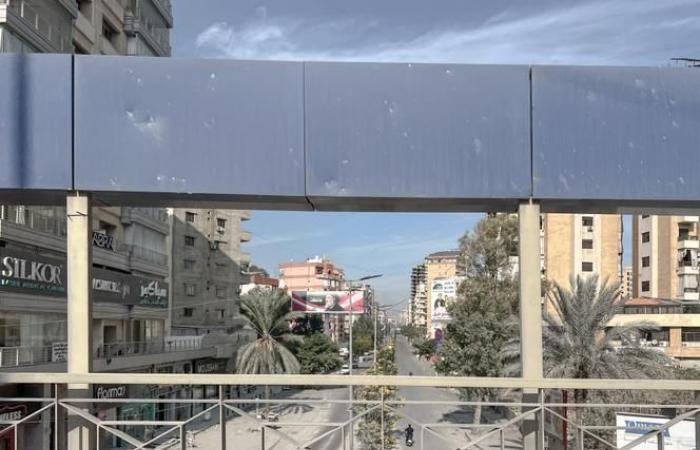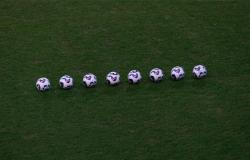A doctor with a secular outlook, Mohamed does not recognize himself in the description of the southern suburbs of Beirut as a Hezbollah fortress or a “exceptional, single-colored, fantasized place, whose inhabitants are portrayed as strict religious people”. For this pediatrician, Dahiyé (suburb, in Arabic), shelled by the Israeli army since the end of September, “Shiite region with various sensitivities before being a zone of influence of Hezbollah”was, above all, his place of life, before and after the twenty-five years he spent in France, as a student and practitioner.
Read also | Live, war in the Middle East: after a deadly Israeli attack in the heart of Beirut, all schools in the region will remain closed until Tuesday
Read later
He goes back in history: “From the 1950s, poor Shiites from southern Lebanon and the Bekaa plain settled in the outskirts of Beirut. They were then politically marginalized, and their regions of origin, agricultural, were left behind by the State”says the doctor, whose family is from the South.
These emigrants do not arrive in a virgin place: a small bourgeoisie has emerged in the territory that we now call the southern suburbs. A former place of silk production, it brings together several municipalities, dotted with green spaces and orchards, and whose population is mixed from a confessional point of view: Christians – as evidenced by the presence of churches – and Muslims live side by side. The region offers proximity to Beirut, with its airport providing jobs, and cheaper housing.
Read also | Article reserved for our subscribers Israel-Hezbollah war: in Dahiyé, the ghost suburb of Beirut
Read later
But at the end of the 1960s, Middle Eastern geopolitics caught up with this area which had “always been rebellious” and was “a home for progressive, Arab nationalist, communist ideas”explains Lamia Moubayed, expert in public governance, who was born there. She told the story of her mother and her family in a book, Leila (Dar Al-Jadid, 2022, untranslated). At this time, young Shiites joined the ranks of the Palestinian fedayeen (fighters). Two refugee camps, Bourj Al-Barajneh and Chatila, are located on the outskirts of the southern suburbs. The cleric Moussa Sadr conceptualizes the “disinherited” status of the Shiites and advocates a liberation that involves a return to religion.
“Islamic counter-society”
With the civil war which broke out in 1975, the southern suburbs lost their diversity: the Christians left, in a moment of general withdrawal. The forced displacements at the time led to a new influx of Shiites towards the southern suburbs. Product of the 1979 Islamic revolution in Iran and the Israeli invasion of Lebanon in 1982, Hezbollah will gradually take control of this region. In the 1980s, while its activists fought the troops of the Jewish state in the south of the country, the movement launched its “Islamic counter-society” project, opening charitable associations modeled on an Iranian model and a hospital. Its penetration is facilitated by the absence of the State.
You have 49.77% of this article left to read. The rest is reserved for subscribers.







